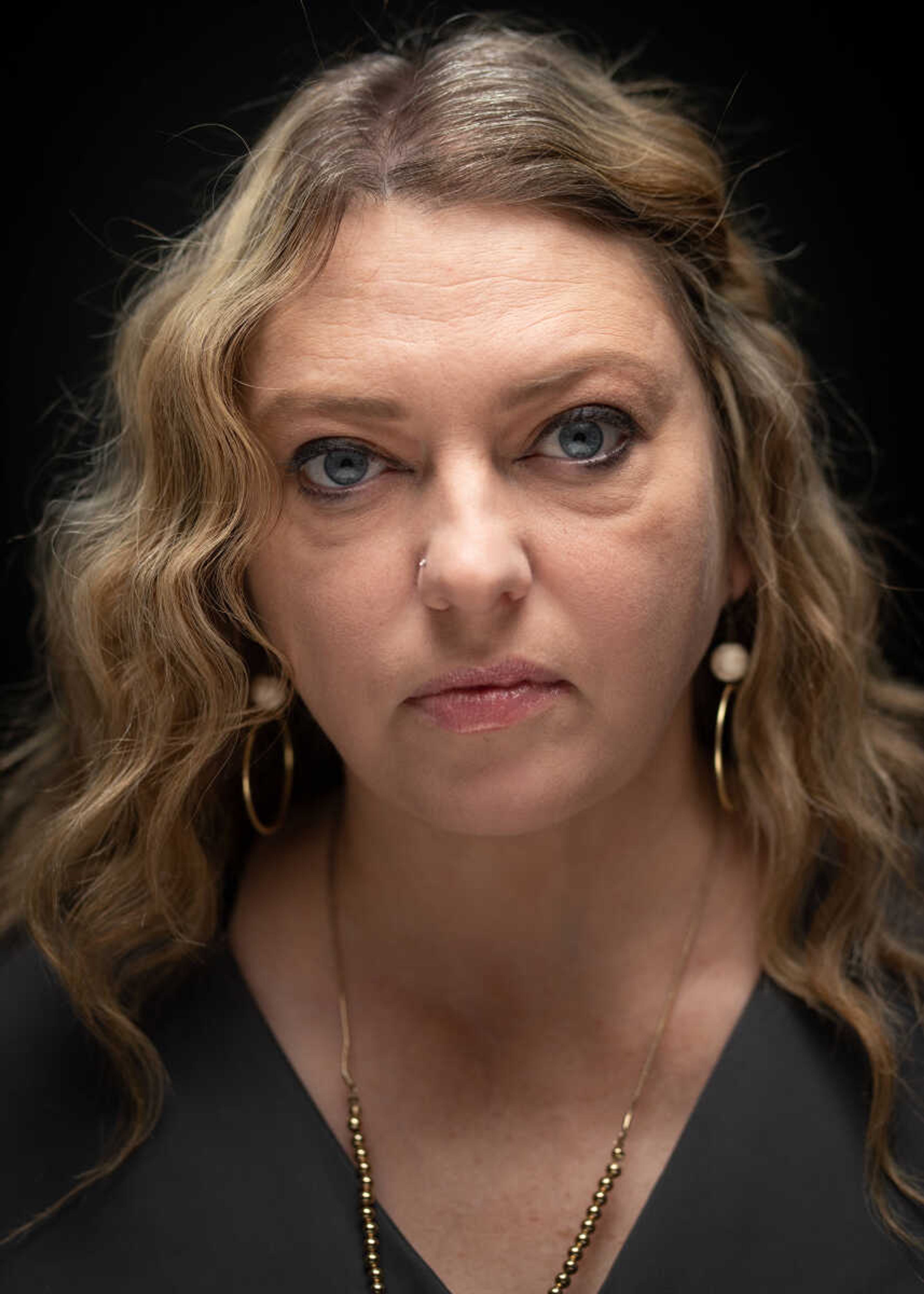Survivor Stories: Persisting to find a diagnosis
LaKrisha Moore has been dancing and teaching almost her whole life. As a young girl growing up in East Prairie, Mo., she fell in love with the arts — music, dance, theater — and couldn’t get enough.
LaKrisha Moore has been dancing and teaching almost her whole life. As a young girl growing up in East Prairie, Mo., she fell in love with the arts — music, dance, theater — and couldn’t get enough. As a high school student, she auditioned for the Missouri Fine Arts Academy, which eventually led to her enrollment and graduation from Missouri State University. After graduation, she lived in London and toured with a dance company in the U.K. Life was going well, but even back then, there were signs of a lingering health issue.
“I always had weird elements as a kid,” Moore says. “I had pneumonia off and on since I was a year old, plus, multiple times as a child and adult.”
She also dealt with ulcers, mysterious pain, sores and what looked like several cases of mononucleosis and chickenpox, which most people usually have just once. But no one could figure out what it was. Still, she persevered and danced on.
As a young adult, Moore returned to the States right before the attacks on 9/11. Intending to go back and dance, she was disappointed to learn the tour would be canceled and found herself in Sikeston, Mo., teaching dance to two young girls in her friend’s garage. Soon, more children showed up to dance, and Moore started looking for a studio. It was there she fell in love with teaching.
Aside from her ongoing aches and pains, Moore followed her dreams and made the most out of life. When random episodes did pop up, she figured it was the result of an intense dance schedule and nothing more. However, her health worsened at the age of 28 while she was living in Naples, Fla., and pregnant with her second child.
“I was having migraines and weird stuff was happening,” Moore says. “It was the first time a lupus diagnosis was brought up. But most of the symptoms disappeared when my son was born.”
It was another two years and a move back to Missouri before Moore received an official lupus diagnosis, which she attempted to medicate and treat throughout the next 10 years. She would be OK for a season and then worse again. Something was still not right, but Moore wasn’t giving up.
In 2005, she opened On Cue Performing Arts Studio in Cape Girardeau. For the next 15 years, she taught dance classes, created costumes and directed theater for almost 400 students. This became her life’s passion.
But her health wasn’t improving. Her general practitioner noticed a pattern in her bloodwork and suggested consulting a hematologist at Washington University in St. Louis. He believed she might have a super rare condition called porphyria, a metabolic disease that causes pain and attacks the blood, skin, liver, kidneys and heart. According to Moore, “It’s like having miniature charley horses in your veins that squeeze the nerves and cause spasms.” Eighty percent of all diagnosed cases are in women, and the prevalence of people diagnosed in the United States is 10 per 1 million.
In January 2020, Moore was in so much pain she had to close her studio. One month later, she found out she hit every single marker for variegate porphyria. Though it was scary, she finally had an accurate diagnosis. Because so few people are affected, there are few specialists. However, she was connected to the American Porphyria Foundation, where she learned more about her diagnosis and was given resources to help along the way.
“Everyone has porphyrins in your blood,” Moore says. “Your body recycles them, but mine build up and collect in the liver. Mine is twice the size it’s supposed to be.”
Gathering information and learning more about her diagnosis explained her lifetime of weird symptoms. This is why she was always anemic. This is why she tired easily. This is why she struggled with sores on her skin. This made sense. But it never became her excuse.
No matter what comes her way, Moore won’t stop doing what she loves. Instead, she’s learning to slow down, rest and listen to her body. She practices a clean diet, avoids alcohol and sleeps extra when needed. When she goes outside, she wears sunscreen and UV clothing, even in the winter. When working on stage, she pays attention to lights, knowing too much UV exposure is bad for her system. Thankfully, LED lights are being used on stage more often than they used to be.
Though the road has been difficult, Moore does her best to maintain a positive mindset and persevere. Therapy and online support groups help. So does staying active, being creative and continuing to look for the good in everyday life.
“When you’re not getting a diagnosis, it’s frustrating,” Moore says. “But, if you’re going through a hard time, keep going. Eventually, someone will listen to you.”
Connect with the Southeast Missourian Newsroom:
For corrections to this story or other insights for the editor, click here. To submit a letter to the editor, click here. To learn about the Southeast Missourian’s AI Policy, click here.










